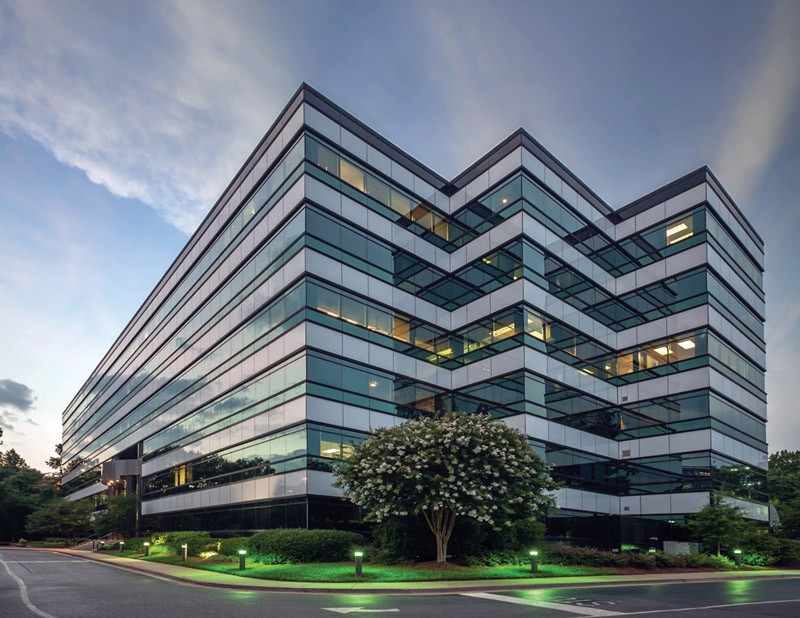A Prescription For A Durable Health Care REIT That Yields
Post on: 22 Май, 2015 No Comment

Follow Comments Following Comments Unfollow Comments
One of the best performing real estate sectors of the past five years has been health care. Its blend of defensive qualities and prospects for growth as the baby boomers hit retirement has generated significant interest from investors.
Interestingly, this sector still sports some of the highest dividend yields in all of real estate, making it one of the best places for investors to find both yield and growth in today’s environment.
As we look at the players in this space, it’s important to understand that not all health care real estate is created equally. On the one end, you have skilled nursing facilities, which serve our nations’ elderly. These properties offer investors the highest yield, but are also heavily dependent upon Medicaid and Medicare reimbursement that are under budgetary pressure and could be cut as Congress deals with the deficit.
On the other end of the spectrum are medical office buildings, which are generally leased to physicians and hospital systems.
In many ways, medical office buildings offer the most stable and dependable returns in the health care real estate sector. As discussed in the accompanying interview, medical office buildings—or MOBs—are a direct beneficiary of the Affordable Care Act, which is adding an additional 30 to 40 million insured individuals over time. These patients will be seen by health systems and physicians in the lowest cost settings, which are medical office buildings.
In addition, doctors and health professionals simply do not like to move—providing a significant level of security to the cash flow streams generated by these buildings.
The simplest way to invest in this attractive asset class is through a company called Healthcare Trust of America (HTA). HTA is a $3.2 billion REIT that invests almost exclusively in MOBs and sports a healthy mid-5% dividend payout. It has more than 12.6 million square feet and is located in more than 27 states, providing significant diversity by location and tenant.
Special Offer: On January 29, join Steve Forbes, income investing expert Richard Lehmann and growth superstar Jim Oberweis for an exclusive Webcast, The Forbes Investor Playbook: How to Safely Grow Your Wealth in 2013. Seats are limited—sign up now!
2012 was a transformative year for HTA. It took major strides in both the capital markets and on the operational side of the business. HTA listed its shares on the New York Stock Exchange in June 2012 in a nontraditional manner. As a result, it has remained under the radar of most institutional investors.
However, the street is starting to take notice—as indicated by the fact that four equity research analysts have initiated coverage with positive outlook on the company and the medical office sector in general. This can be good for investors who can take notice now and act before the bigger guys understand the value of this company.
More than 96% of HTA’s medical office buildings are located on-campus or aligned with a health care system; this real estate is critical real estate within the health care sector that is very hard to replace. The company’s tenants include both physicians, and the health systems, which are increasingly employing them.
As a result, more than 57% of HTA’s tenants are credit-rated, providing an additional level of security to their cash flows and ability to pay dividends.
On top of that, HTA maintains a conservative balance sheet, with total leverage of only 31% at the end of the third quarter. This strong balance sheet should allow the company to expand its portfolio, while still maintaining a low level of risk.
And expand it has. In 2012, HTA acquired $295 million of predominately on-campus medical office buildings in key markets such as Boston, Pittsburgh, Chicago and Dallas. This expanded HTA’s assets by more than 10% and allowed it to roll out its property management platform to more than 70% of its portfolio.
In summary, HTA is just what the doctor ordered—a combination of a strong dividend yield and the prospects for considerable capital appreciation. HTA is trading at $10.42 a share with plenty of room to grow. The current market cap is $2.24 billion, still well below the big health care giants Ventas (VTR) and HCP (HCP). HTA has a higher yield than both Ventas (3.8%) and HCP (4.3%).
Brad Thomas has no ownership position in the stocks listed in this article.














